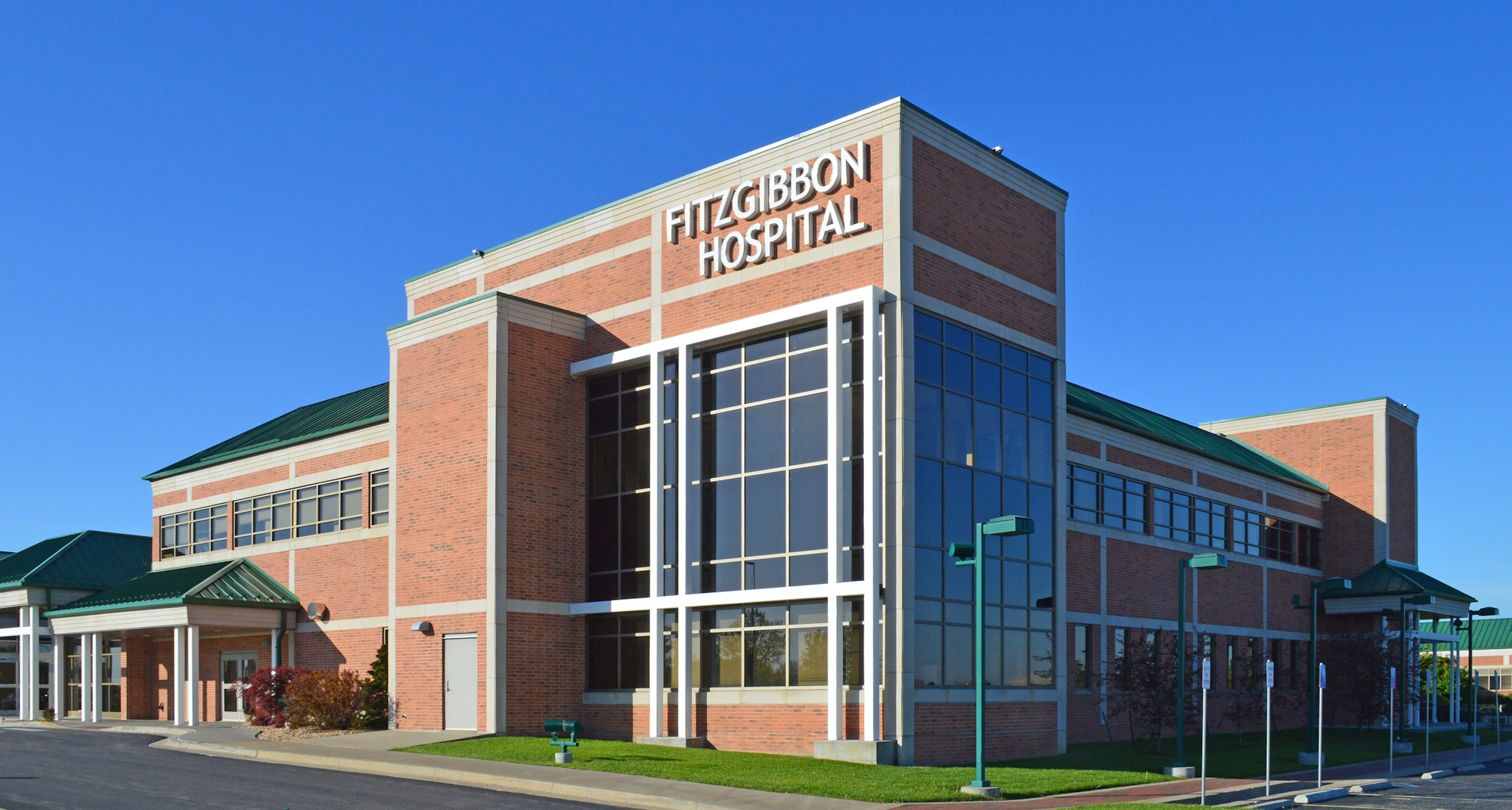Pancreatic Cancer
What is Pancreatic Cancer?
The pancreas is an organ found deep in the body, behind the stomach. It is shaped a little bit like a fish. It is about 6 inches long and less than 2 inches wide. It goes across the belly (abdomen).
The pancreas contains 2 different kinds of glands. The exocrine glands make pancreatic "juice." This juice has enzymes which break down fats and proteins in foods so the body can use them. Most of the cells in the pancreas are part of the exocrine system. A smaller number of cells in the pancreas are endocrine cells. These cells are arranged in clusters called islets. They make hormones like insulin that help balance the amount of sugar in the blood.
Risk Factors for Pancreatic Cancer
- Age
- Gender
- Race
- Smoking
- Obesity and lack of exercise
- Diabetes
- Chronic pancreatitis
- Cirrhosis of the liver
- Work exposure
- Family history
- Gene changes
- Stomach problems
Can Pancreatic Cancer be prevented?
There is no sure way to prevent cancer of the pancreas at this time. For now, the best advice is to avoid smoking, the major risk factor that you can change. If you smoke and want help quitting, please talk to your doctor or call the American Cancer Society. Staying at a healthy weight, eating well, and exercising are also important.
Signs and Symptoms
- Jaundice
- Pain
- Weight loss
- Digestive problems
- Swollen gallbladder
- Blood clots
- Diabetes
Test to Find Pancreatic Cancer
- CT scan
- MRI
- PET scan
- Ultrasound
- ERCP (endoscopic retrograde cholangiopancreatography)
- Angiography
- Biopsy
Treatment for Pancreatic Cancer
- Surgery
- Radiation therapy
- Chemotherapy
Treatment is based on the type of tumor, and in many cases a combination of treatments is used. The effectiveness of the treatment depends on the number of factors including the type, size and location of the tumor.
http://www.cancer.org/Cancer/PancreaticCancer/OverviewGuide/index

